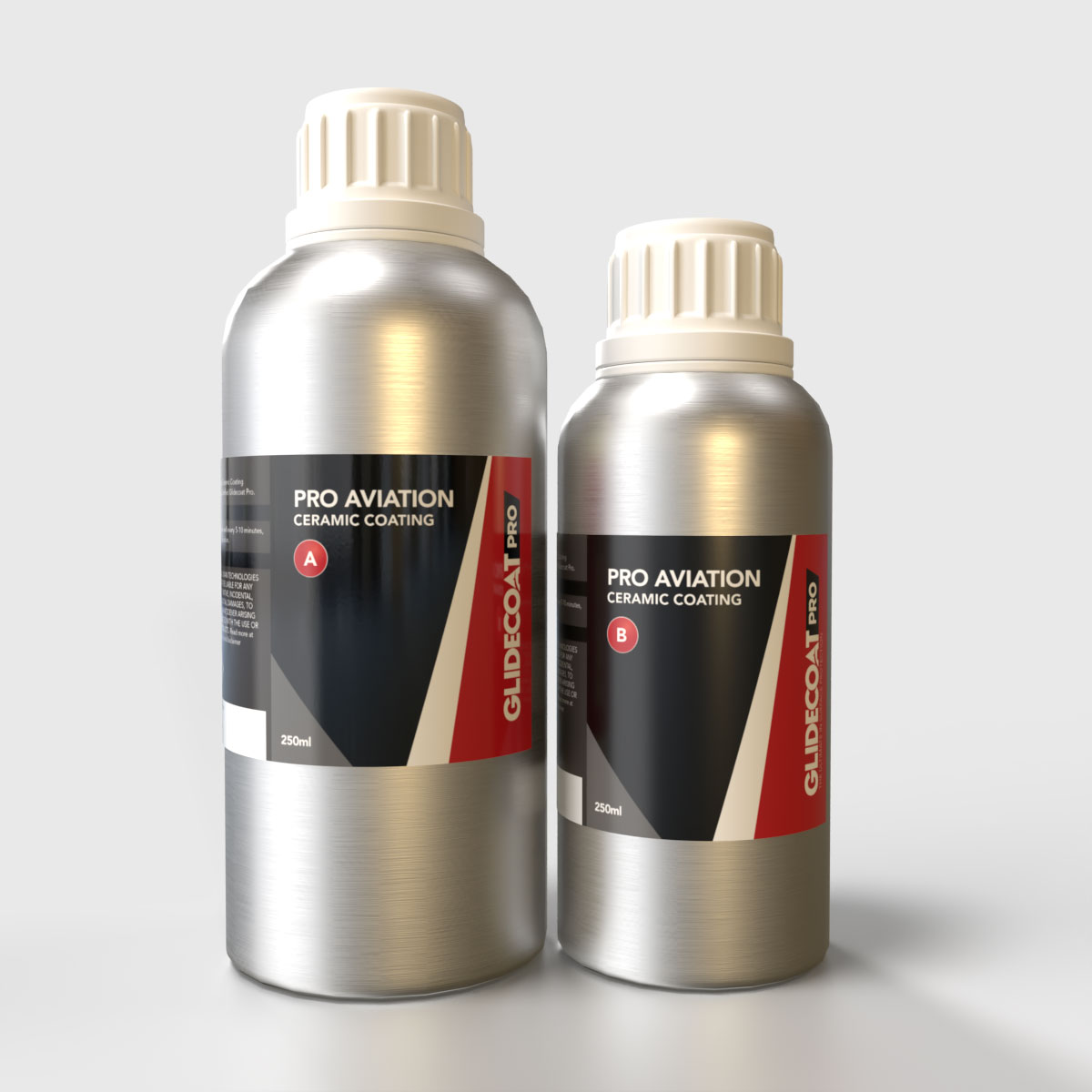How Ceramic Coating Philadelphia Guards Versus UV Rays and Ecological Damages
How Ceramic Coating Philadelphia Guards Versus UV Rays and Ecological Damages
Blog Article
Why Ceramic Covering Is the Ultimate Remedy for a Perfect Complete
Ceramic covering has actually emerged as a leading remedy for those seeking a remarkable finish for their cars, thanks to its impressive sturdiness and safety attributes. This sophisticated fluid polymer not just bonds flawlessly with factory paint but likewise offers an awesome barrier versus typical hazards such as scrapes, UV rays, and toxic wastes. Furthermore, its hydrophobic properties streamline upkeep while enhancing visual allure. Recognizing just how this modern technology compares to typical approaches and discovering its application subtleties can expose also more regarding its value. What elements truly established ceramic layer apart?
What Is Ceramic Covering?

When used properly, ceramic layer produces a hydrophobic surface that drives away water and dust, making it simpler to clean up and keep. Unlike traditional waxes or sealers, which typically use short-lived security, ceramic finishes can last for numerous years, depending upon the item high quality and application approach. The procedure of applying ceramic finishing calls for meticulous prep work, including complete cleansing and sometimes paint improvement, to ensure optimal bonding and efficiency.
Ceramic coverings are not limited to vehicle surface areas; they can also be utilized on different products, including glass, metal, and plastics, giving a versatile service for enhancing defense. Overall, ceramic covering represents a considerable development in surface protection technology, integrating both useful and visual advantages for a wide variety of applications.
Benefits of Ceramic Coating
While many surface area defense choices exist, the advantages of ceramic layer stand apart because of its unique residential properties and resilient performance. Among the main advantages is its extraordinary sturdiness. Ceramic Coating Philadelphia. Unlike typical wax or sealers that need regular reapplication, ceramic coatings give a resistant layer that can last for a number of years, substantially lowering upkeep efforts
An additional notable advantage is enhanced defense against ecological contaminants. Ceramic finishes develop a hydrophobic surface that fends off water, dirt, and various contaminants, making it easier to clean. This feature not only preserves the automobile's look yet also lessens the risk of corrosion and oxidation, particularly in rough weather conditions.
Furthermore, ceramic finishes offer remarkable resistance to UV rays, protecting against fading and degradation of paint with time. This UV defense is vital for keeping the aesthetic worth of surface areas and vehicles exposed to route sunlight.
Additionally, the glossy coating attained with ceramic finish enhances the total visual allure, providing surfaces a showroom-quality luster. Overall, ceramic finishings stand for a considerable improvement in surface area security modern technology, supplying enduring benefits that deal with both useful advice and aesthetic requirements.
How It Works
Comprehending the science behind ceramic coatings exposes exactly how they provide such exceptional security and long life. At its core, a ceramic finishing is a liquid polymer that chemically bonds with the car's manufacturing facility paint.
The application procedure involves multiple actions, including surface preparation, which is crucial to attaining optimum adhesion. When applied, the coating goes through a curing procedure, throughout which it solidifies and develops a semi-permanent bond with the paint surface. This bond is what differentiates ceramic coatings from standard waxes and sealants, offering a longer-lasting safety barrier that can sustain for several years.
Furthermore, the density of the finishing can improve its protective top qualities, making certain that it can endure severe conditions. Ultimately, the scientific research of ceramic finishes integrates innovative products with innovative application techniques to deliver an unequaled degree of defense and visual improvement for lorries.
Comparison With Typical Approaches
The benefits of ceramic finishings become specifically evident when compared to traditional paint defense techniques such as sealers and waxes. While waxes supply a momentary shine, normally lasting a few weeks to a pair of months, ceramic finishes offer a resilient protective layer site that can withstand for a number of years. This toughness substantially minimizes the frequency of reapplication, making ceramic finishings a more economical remedy in time.
Additionally, conventional techniques often need comprehensive prep work and several applications to achieve an acceptable degree of security. In comparison, ceramic coverings bond at a molecular degree with the lorry's surface area, developing a durable guard against ecological impurities like UV rays, acid rainfall, and roadway salts. This bond improves the car's resistance to scrapes and swirl marks, which prevail with traditional waxes and sealers.
In addition, the hydrophobic homes of ceramic coatings fend off water and dust, causing less complicated cleaning and maintenance. In contrast, wax and sealant-treated surfaces can attract gunk, necessitating even more frequent cleaning - Ceramic Coating Philadelphia. On the whole, ceramic finishings not only supply premium security yet additionally provide a much more long-lasting and aesthetically enticing surface, establishing them as the favored choice for critical car proprietors
Application and Maintenance Tips

Utilizing a foam applicator, apply the finishing in little areas, following the manufacturer's standards check it out relating to thickness and overlap. Allow adequate treating time in between layers, commonly 24 hr, to make certain appropriate bonding. After application, it is essential to stay clear of exposure to water or severe elements for at the very least a week to allow the finish to completely heal.
For upkeep, wash the lorry regularly with pH-balanced soaps and stay clear of abrasive materials. Touchless cars and truck laundries are suggested to decrease scraping. In addition, using a ceramic maintenance spray can improve the finish's hydrophobic buildings and longevity. Normal inspections for any signs of wear will aid preserve the coating's honesty and maintain that pristine finish.
Final Thought
In conclusion, ceramic covering arises as a superior choice for achieving a perfect automobile surface. By forming a robust bond with factory paint, ceramic finishing properly shields versus scrapes, UV rays, and environmental impurities.

Report this page